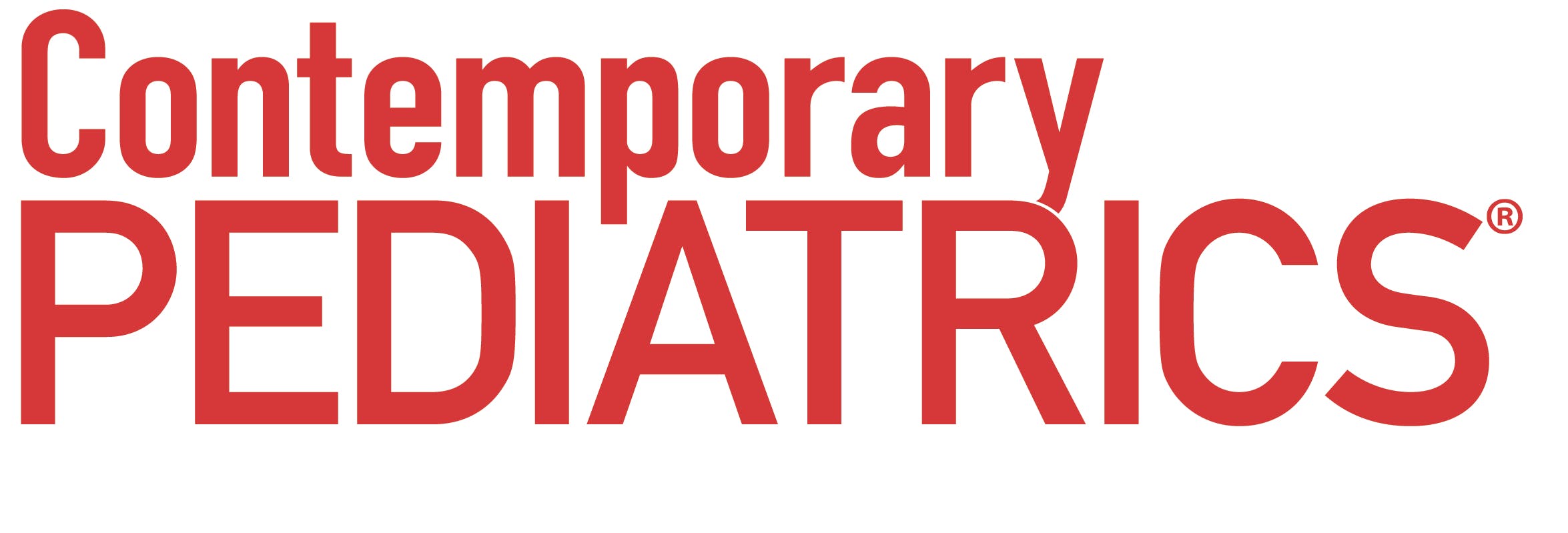Consultant for Pediatricians Vol 7 No 10
Risky Business, Part 2: Communicating Medical Risks to Patients and Parents
October 1st 2008Practicing pediatricians commonlytalk with patients and parentsabout medical risks. Examples of suchrisks include those of a newborn havinga genetic disease, of a complication of anillness developing, and of a patient experiencingan adverse effect from a medicationor vaccine. Different ways of expressingand communicating risk mayhelp patients and parents understand themagnitude of a risk and make informed,thoughtful decisions about their medicalcare. It is important to be aware of theinfluence personal experience and concernshave on how risk is perceived andto recognize how the choice of a particularway of framing a risk may inadvertentlycommunicate a clinician's personalbiases in a situation.
Another Potential Effect of Maternal SSRI Use on Newborns
October 1st 2008In the newborn nursery, pediatricians commonly encounter infants born to mothers who were receiving selective serotonin reuptake inhibitors (SSRIs) for depression during pregnancy. Earlier studies suggested a number of potential effects of maternal SSRI use on the newborn; these included jitteriness, agitation, diarrhea, hypoglycemia, vomiting, hypothermia, respiratory distress, seizures, feeding difficulties, increased or decreased tone, low birth weight, and small size for gestational age.1
Controlling Pediatric Migraine-Continued
October 1st 2008I read with keen interest Dr Jack Gladstein's article, "Pediatric Migraine: Strategies for Maintaining Control," in the August issue of CONSULTANT FOR PEDIATRICIANS (page 316). It prompted several follow-up questions, which I hope the author can respond to.
Extensive Psoriasis in a 9-Year-Old Girl
October 1st 2008This 9-year-old girl has extensive psoriasis and is currently receiving narrowband UVB phototherapy for her body plaques. Her mother has insisted on covering her daughter's face during treatment and on having the girl use sunscreen on her face whenever she is outdoors to prevent premature aging.
Adolescent With Syncope-Or Something Else?
October 1st 2008A 16-year-old boy presented for evaluation of asthma and exercise-induced bronchospasm. His parents recalled an episode 2 months earlier in which the patient, while jumping on a trampoline and wrestling with his brother, felt like he could not catch his breath. He took a puff of his rescue inhaler, and soon after, passed out. He remained unresponsive for 2 hours.
Sacral Epidermal Anomalies in an Infant
October 1st 2008Two-month-old boy with divot in the lower back, shown here with the gluteal crease relaxed (A) and spread (B). Infant is a product of an uncomplicated pregnancy and delivery. Nursery stay uneventful. Subsequent feeding and growth normal. Parents report no problems with urination or defecation.










